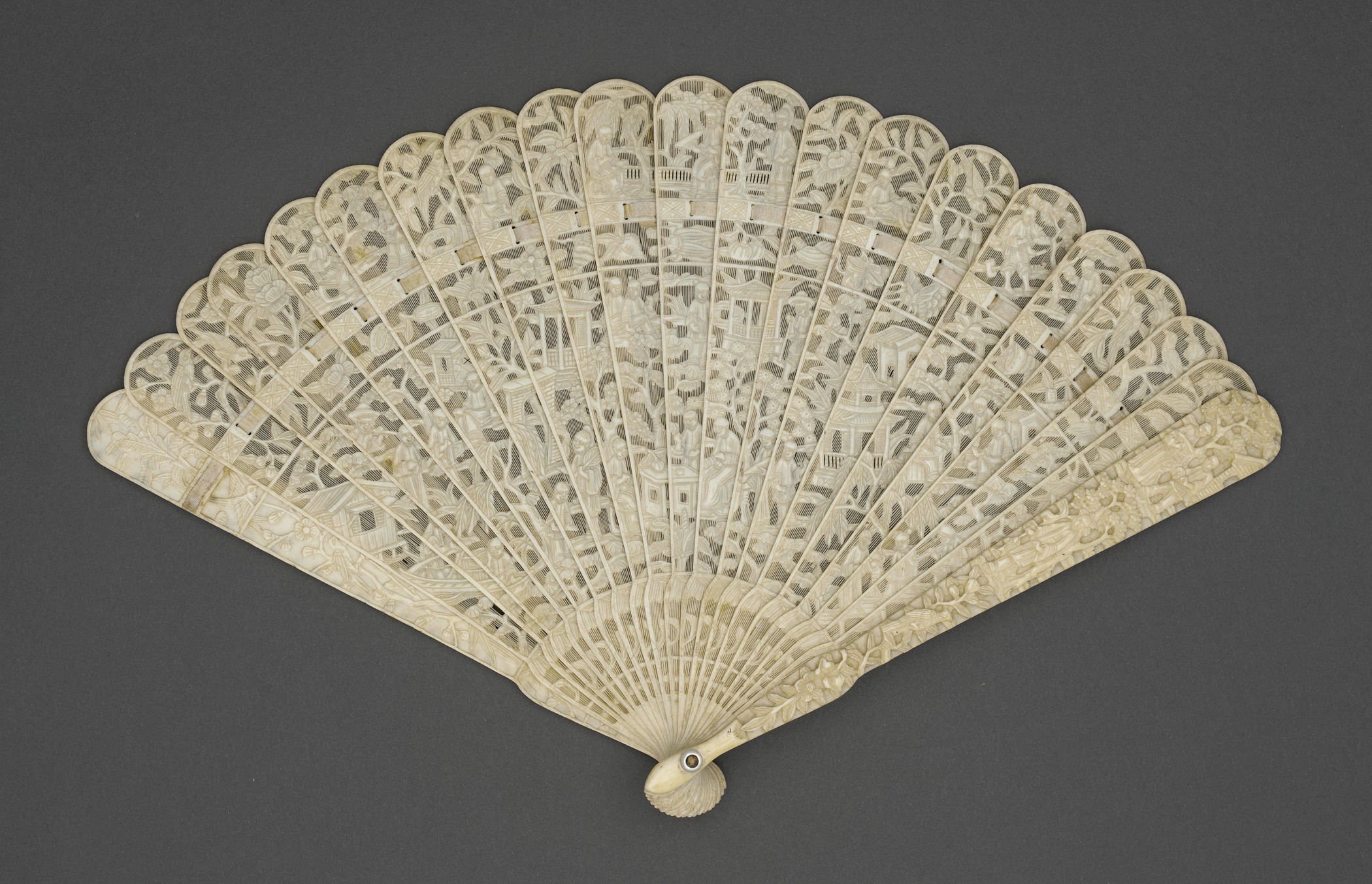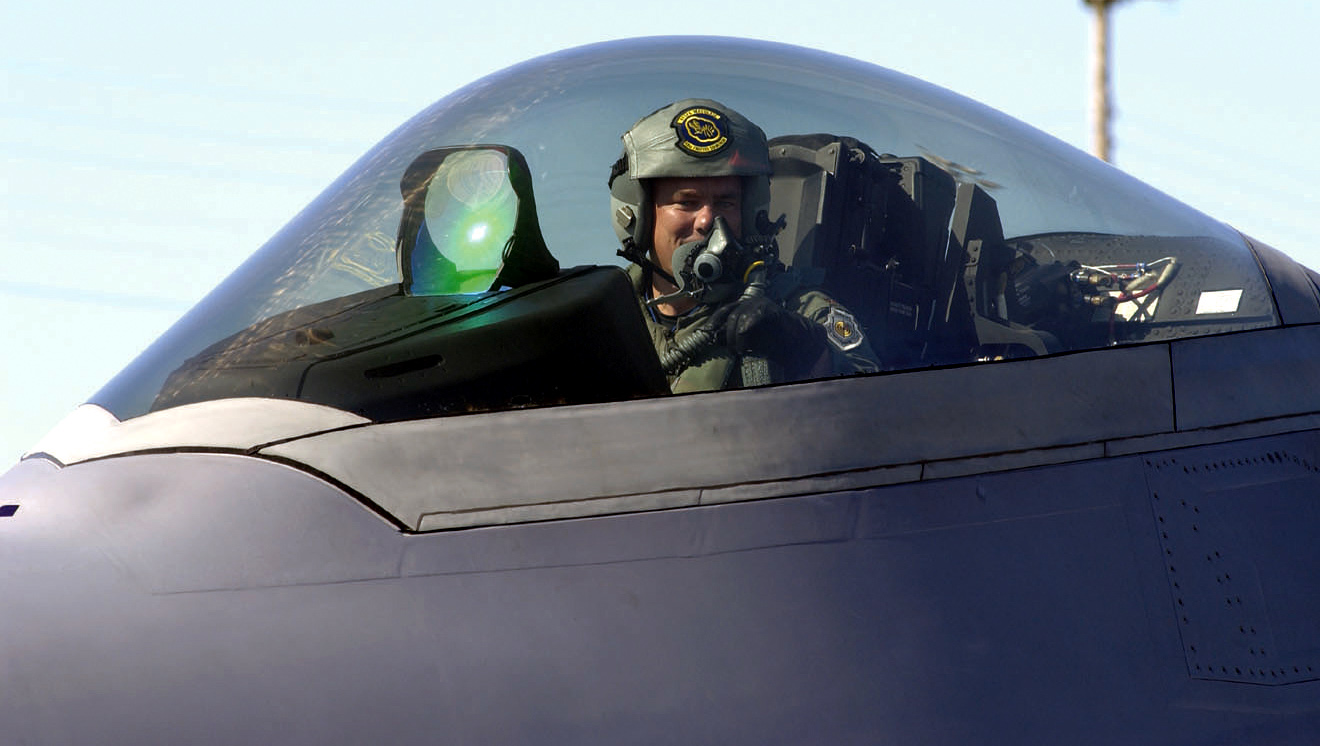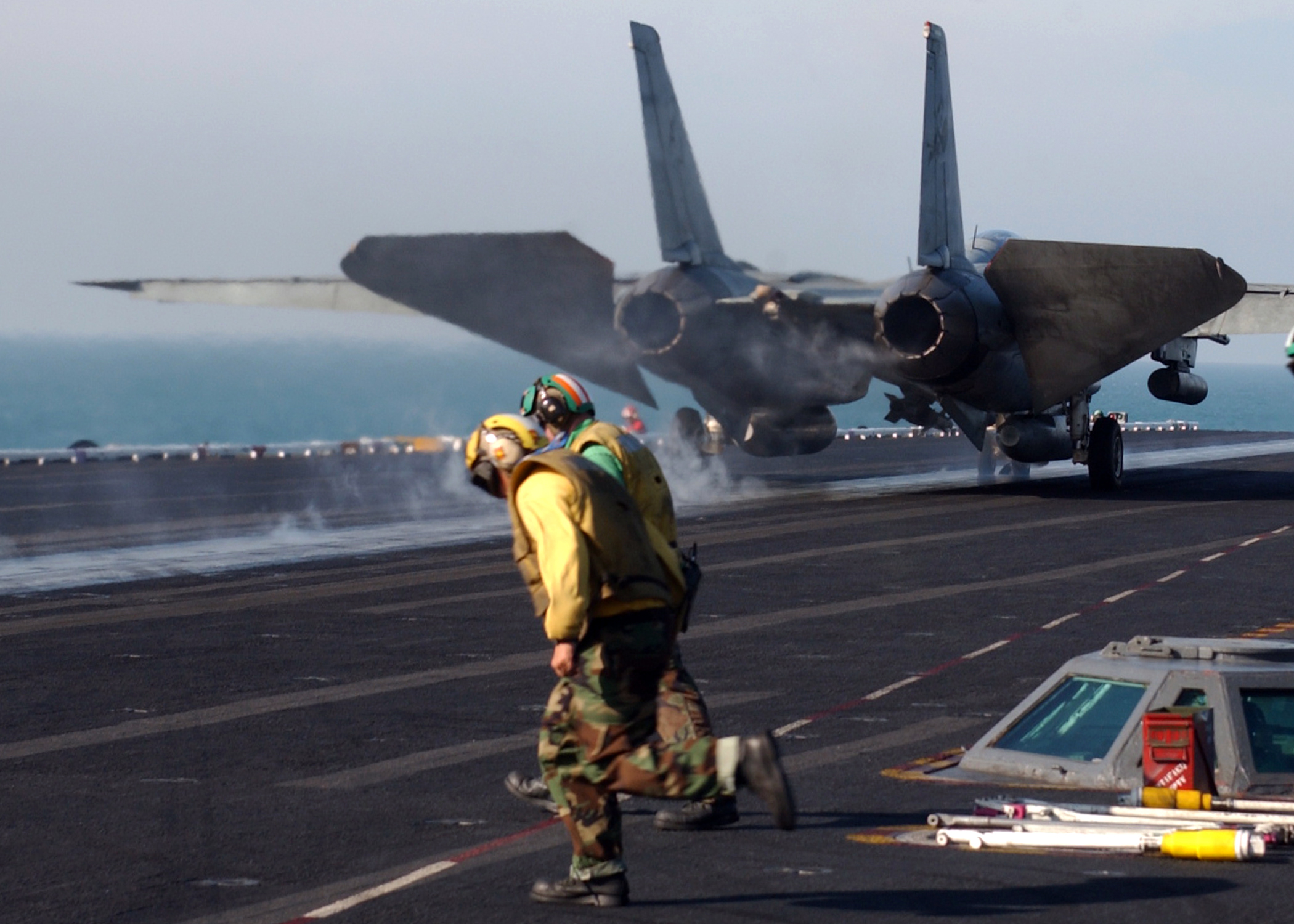|
Rubik R-25 Mokány
The Rubik R-25 Mokány, in and sometimes known as the R-25 Standard (class), is a Hungarian single seat Standard Class glider of all-metal construction, first flown in 1960. It was one of a series of similar aircraft designed by Ernő Rubik. Only one was built. Design and development In 1957 a team led by Ernő Rubik designed an all-metal glider, the R-23 Gébics, with a pod and boom fuselage, V-tail, fuselage mounted fan airbrakes and corrugated wing skinning. These features were carried forward into a series of gliders that included the R-25 Mokány. This was designed to compete as a Standard Class glider, with a span increased to 15 m (49 ft 5½ in), and introduced a laminar flow NACA 64 series wing profile. Its straight tapered, high cantilever wing has forward sweep on the trailing edge alone. It is built around a single spar with a D-shaped torsion box formed by the corrugated leading section, the ridges running chordwise. The wing is fabri ... [...More Info...] [...Related Items...] OR: [Wikipedia] [Google] [Baidu] |
WikiProject Aircraft
A WikiProject, or Wikiproject, is an affinity group for contributors with shared goals within the Wikimedia movement. WikiProjects are prevalent within the largest wiki, Wikipedia, and exist to varying degrees within Wikimedia project, sibling projects such as Wiktionary, Wikiquote, Wikidata, and Wikisource. They also exist in different languages, and translation of articles is a form of their collaboration. During the COVID-19 pandemic, CBS News noted the role of Wikipedia's WikiProject Medicine in maintaining the accuracy of articles related to the disease. Another WikiProject that has drawn attention is WikiProject Women Scientists, which was profiled by ''Smithsonian Magazine, Smithsonian'' for its efforts to improve coverage of women scientists which the profile noted had "helped increase the number of female scientists on Wikipedia from around 1,600 to over 5,000". On Wikipedia Some Wikipedia WikiProjects are substantial enough to engage in cooperative activities with outsi ... [...More Info...] [...Related Items...] OR: [Wikipedia] [Google] [Baidu] |
Chord (aircraft)
In aeronautics, the chord is an imaginary straight line segment joining the leading edge and trailing edge of an aerofoil cross section parallel to the direction of the airflow. The chord length is the distance between the trailing edge and the leading edge. L. J. Clancy (1975), ''Aerodynamics'', Section 5.2, Pitman Publishing Limited, London. The point on the leading edge used to define the main chord may be the surface point of minimum radius. p.18 For a turbine aerofoil, the chord may be defined by the line between points where the front and rear of a 2-dimensional blade section would touch a flat surface when laid convex-side up. The wing, horizontal stabilizer, vertical stabilizer and propeller/rotor blades of an aircraft are all based on aerofoil sections, and the term ''chord'' or ''chord length'' is also used to describe their width. The chord of a wing, stabilizer and propeller is determined by measuring the distance between leading and trailing edges in the direc ... [...More Info...] [...Related Items...] OR: [Wikipedia] [Google] [Baidu] |
Aircraft First Flown In 1960
An aircraft ( aircraft) is a vehicle that is able to flight, fly by gaining support from the Atmosphere of Earth, air. It counters the force of gravity by using either Buoyancy, static lift or the Lift (force), dynamic lift of an airfoil, or, in a few cases, direct Powered lift, downward thrust from its engines. Common examples of aircraft include airplanes, rotorcraft (including helicopters), airships (including blimps), Glider (aircraft), gliders, Powered paragliding, paramotors, and hot air balloons. Part 1 (Definitions and Abbreviations) of Subchapter A of Chapter I of Title 14 of the U. S. Code of Federal Regulations states that aircraft "means a device that is used or intended to be used for flight in the air." The human activity that surrounds aircraft is called ''aviation''. The science of aviation, including designing and building aircraft, is called ''aeronautics.'' Aircrew, Crewed aircraft are flown by an onboard Aircraft pilot, pilot, whereas unmanned aerial vehicles ... [...More Info...] [...Related Items...] OR: [Wikipedia] [Google] [Baidu] |
Rubik Aircraft (born 1935), Latvian politician
{{disambig ...
Rubik may refer to: * Rubik (surname) * Rubik (town), town in Albania * Rubik (band), Finnish pop/rock band See also * Rubik's Cube * Ernő Rubik, creator of the Rubik's Cube * Alfrēds Rubiks Alfrēds Rubiks (, ''Alfred Petrovich Rubiks''; born 24 September 1935), is a Latvian communist politician and a former leader of the Communist Party of Latvia. He was a Member of the European Parliament for Latvia from 2009 until 2014. In the ... [...More Info...] [...Related Items...] OR: [Wikipedia] [Google] [Baidu] |
1960s Hungarian Sailplanes
Year 196 ( CXCVI) was a leap year starting on Thursday of the Julian calendar. At the time, it was known as the Year of the Consulship of Dexter and Messalla (or, less frequently, year 949 ''Ab urbe condita''). The denomination 196 for this year has been used since the early medieval period, when the Anno Domini calendar era became the prevalent method in Europe for naming years. Events By place Roman Empire * Emperor Septimius Severus attempts to assassinate Clodius Albinus but fails, causing Albinus to retaliate militarily. * Emperor Septimius Severus captures and sacks Byzantium; the city is rebuilt and regains its previous prosperity. * In order to assure the support of the Roman legion in Germany on his march to Rome, Clodius Albinus is declared Augustus by his army while crossing Gaul. * Hadrian's wall in Britain is partially destroyed. China * First year of the Jian'an Era, during the reign of the Xian Emperor of the Han. * The Xian Emperor returns to war-r ... [...More Info...] [...Related Items...] OR: [Wikipedia] [Google] [Baidu] |
Transport Museum Of Budapest
The Magyar Műszaki és Közlekedési Múzeum (; "Hungarian Technical and Transportation Museum"), still often referred to by its former name, Közlekedési Múzeum ("Transportation Museum"), is a museum in Budapest, Hungary. It is one of Europe's oldest transportation collections. The museum has a unique collection of locomotives and railway cars on a 1:5 scale. This means that a locomotive of, for example, 10 m length is reproduced with all details in a 2 m length model. The models represent a wide range of railway technology. The museum shows also a locomotive and wagon in real size with a railway station of the 1900s. Other parts of the museum are shown: * The history of road traffic: horse-drawn and machine-driven vehicles, road and bridge building with a collection of old cars, motorcycles, and bicycles. * The history of sailing. Sailing from the prehistoric ages, the history of Hungarian boat manufacturing is shown by models. * Deeper in the park there is a permanent exh ... [...More Info...] [...Related Items...] OR: [Wikipedia] [Google] [Baidu] |
Hand Fan
A handheld fan, or simply hand fan, is a broad, flat surface that is waved back and forth to create an airflow. Generally, purpose-made handheld fans are folding fans, which are shaped like a Circular sector, sector of a circle and made of a thin material (such as paper or feathers) mounted on slats which revolve around a pivot so that it can be closed when not in use. Hand fans were used before Fan (machine), mechanical fans were invented. Fans work by utilizing the concepts of thermodynamics. On human skin, the airflow from hand fans increases the evaporation rate of sweat, lowering body temperature due to the latent heat of the evaporation of water. It also increases heat convection by displacing the warmer air produced by body heat that surrounds the skin, which has an additional cooling effect, provided that the ambient air temperature is lower than the skin temperature, which is typically about . Next to the folding fan, the rigid hand screen fan was also a highly decorat ... [...More Info...] [...Related Items...] OR: [Wikipedia] [Google] [Baidu] |
Landing Gear
Landing gear is the undercarriage of an aircraft or spacecraft that is used for taxiing, takeoff or landing. For aircraft, it is generally needed for all three of these. It was also formerly called ''alighting gear'' by some manufacturers, such as the Glenn L. Martin Company. For aircraft, Stinton makes the terminology distinction ''undercarriage (British) = landing gear (US)''. For aircraft, the landing gear supports the craft when it is not flying, allowing it to take off, land, and taxi without damage. Wheeled landing gear is the most common, with skis or Seaplane, floats needed to operate from snow/ice/water and skids for vertical operation on land. Retractable undercarriages fold away during flight, which reduces drag (physics), drag, allowing for faster airspeeds. Landing gear must be strong enough to support the aircraft and its design affects the weight, balance and performance. It often comprises three wheels, or wheel-sets, giving a tripod effect. Some unusual land ... [...More Info...] [...Related Items...] OR: [Wikipedia] [Google] [Baidu] |
Canopy (aircraft)
An aircraft canopy is the transparent enclosure over the cockpit of some types of aircraft. An aircraft canopy provides a controlled and sometimes Cabin pressurization, pressurized environment for the aircraft's occupants, and allows for a greater field of view over a traditional flight deck. A canopy's shape is a compromise designed to minimize aerodynamic drag, while maximizing visibility for Aircraft pilot, pilots and other crewmembers. History Very early aircraft had no canopies. The pilots were exposed to the wind and weather, although most flying was done in good weather. Through World War I most aircraft had no canopy, although they often had a small windshield to deflect the prop wash and wind from hitting the pilot in the face. In the 1920s and 1930s, the increasing speed and altitude of airplanes necessitated a fully enclosed cockpit and canopies became more common. Early canopies were made of numerous pieces of flat glass held in position by a frame and muntins. ... [...More Info...] [...Related Items...] OR: [Wikipedia] [Google] [Baidu] |
Cockpit
A cockpit or flight deck is the area, on the front part of an aircraft, spacecraft, or submersible, from which a pilot controls the vehicle. The cockpit of an aircraft contains flight instruments on an instrument panel, and the controls that enable the pilot to fly the aircraft. In most airliners, a door separates the cockpit from the aircraft cabin. After the September 11, 2001 attacks, all major airlines fortified their cockpits against access by hijackers. Etymology The word cockpit seems to have been used as a nautical term in the 17th century, without reference to cock fighting. It referred to an area in the rear of a ship where the cockswain's station was located, the cockswain being the pilot of a smaller "boat" that could be dispatched from the ship to board another ship or to bring people ashore. The word "cockswain" in turn derives from the old English terms for "boat-servant" (''coque'' is the French word for "shell"; and ''swain'' was old English for boy ... [...More Info...] [...Related Items...] OR: [Wikipedia] [Google] [Baidu] |
Servo Tabs
A servo tab is a small hinged device installed on an aircraft control surface to assist the movement of the control surfaces. Introduced by the German firm Flettner, servo tabs were formerly known as Flettner tabs. Servo tabs are not true servomechanisms, as they do not employ negative feedback to keep the control surfaces in a desired position; they only provide a mechanical advantage to the pilot. Servo tabs A servo tab, or balance tab, moves in the direction opposite to the desired movement of the control surface. It deflects airflow, generating force on the whole control surface in the desired direction. The tab has a leverage advantage, being located well aft of the control surface hinge line, and thus its airflow deflection moves the control surface in the opposite direction, overcoming the resistance generated by the airflow deflection of the control surface. This has the effect of reducing the control force required from the pilot to move the controls. In some large ... [...More Info...] [...Related Items...] OR: [Wikipedia] [Google] [Baidu] |
All-moving Tailplane
A stabilator is a fully movable aircraft horizontal stabilizer. It serves the usual functions of longitudinal stability, control and stick force requirements otherwise performed by the separate parts of a conventional horizontal stabilizer (which is fixed) and elevator (which is adjustable). Apart from reduced drag, particularly at high Mach numbers, it is a useful device for changing the aircraft balance within wide limits, and for reducing stick forces. Stabilator is a portmanteau of ''stabilizer'' and ''elevator''. It is also known as an all-moving tailplane (British English), all-movable tail(plane), all-moving stabilizer, all-flying tail (American English), all-flying horizontal tail, full-flying stabilizer, and slab tailplane. General aviation Because it involves a moving balanced surface, a stabilator can allow the pilot to generate a given pitching moment with a lower control force. Due to the high forces involved in tail balancing loads, stabilators are designed to pi ... [...More Info...] [...Related Items...] OR: [Wikipedia] [Google] [Baidu] |







